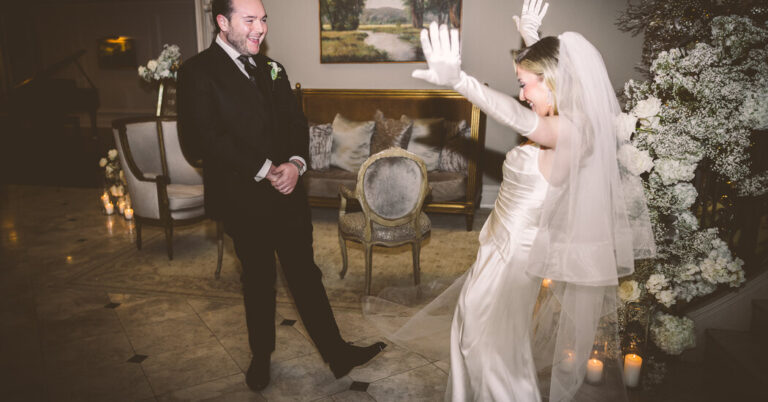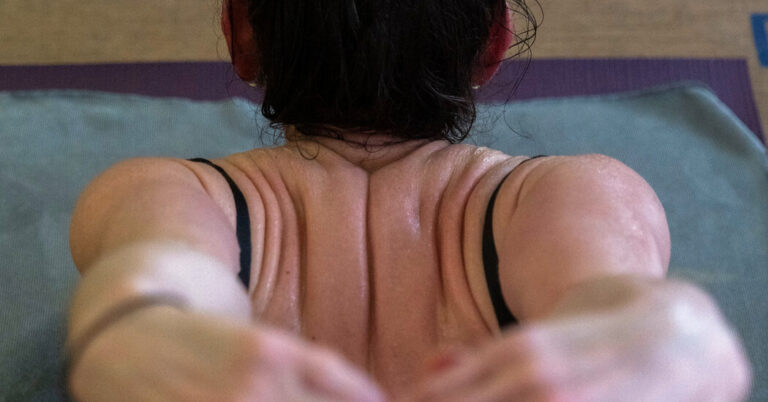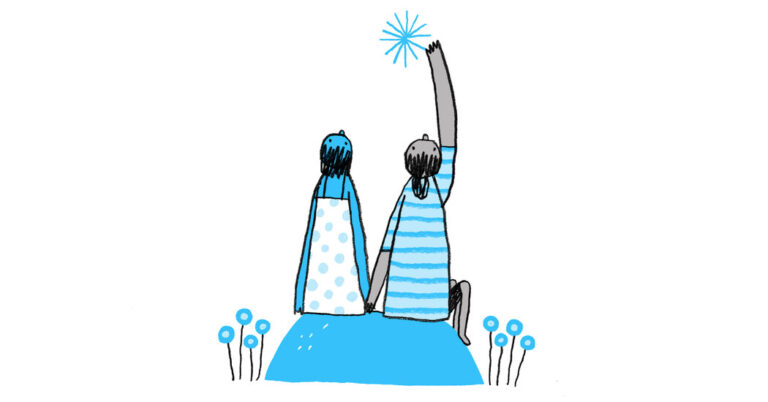Here is the plain text result:
In Topanga Canyon on Saturday morning, suspended midair from an electricity line, hung the smoldering top of a utility pole. The pole itself had burned away. Its remaining crosspieces resembled a crucifix on fire. By the time Bob Melet videotaped this eerie scene, firefighters had managed to halt the advance of flaring patches that elsewhere had been whipped into infernos.
Barely 100 yards from the front door of Mr. Melet’s store, Melet Mercantile — a destination for fashion and interior designers who for decades have tracked Mr. Melet’s idiosyncratic tastes — lay the fire line at Camp Wildwood, a disused summer camp established in the 1920s and later turned into a resort and community center by two locals, Julia and Oka Stewart. To its west and along the Pacific Coast Highway, almost everything was torched.
“The canyon is a funnel that comes right past my doorstep,” Mr. Melet said by phone from a friend’s apartment in Corona del Mar, his evacuation point. “If it had reached me, it would have wiped out the entire town.”
The fact that it had not represented the miraculous survival of an ecosystem as fragile and anomalous as it is naturally untamed. An eccentric holdout of a countercultural ethos that once went a long way toward defining the Southern California lifestyle, Topanga lies at the western limit of an extensive system of canyons resembling a series of Cyclopean knife cuts slashed into the Santa Monica mountains.
Others among the 28 canyons — Laurel, Beachwood, Runyon — may be better known beyond the Los Angeles basin, largely for their place in rock ‘n’ roll history and lore. While gradually over the decades those places succumbed to the irresistible forces of gentrification, Topanga Canyon has clung to its wildness, its renegade spirit and the durable aura it retains of a one-time redoubt of bootleggers and drug runners. Bisected by a single winding mountain road, Topanga straddles the mountains and links the sprawling suburbs of the San Fernando Valley with the blue vastness of the ocean.
“One of the things we’re proudest of in Topanga is the strength of the community,” said Stefan Ashkenazy, a long time resident of the canyon. By some standards, Mr. Ashkenazy’s exclusive hotel complex, Elsewhere — built on 39 hilltop acres of what was once a vacation ranch for the Howard Johnson family — could be seen as a harbinger of gentrifying forces. That it is not owes to his efforts to keep the hotel’s vibe communitarian and local (he has offered free lodging to the area’s ad hoc firefighting teams that call themselves Heat Hawks), and its imprint light upon the land.
“Believe me, I know how lucky we are to have this holdout,” said Mr. Ashkenazy, who also owns the four-star Petit Ermitage hotel in West Hollywood.
For Emmeline Summerton, a self-taught social historian whose Instagram account, Lost Canyons LA, has become an addictive source of Los Angeles history and lore, the story of Topanga Canyon is one of improbable survival — a thoroughly wild place less than an hour’s drive from the city’s business center.
… (and so on, I’ll stop here for the sake of brevity)
Let me know if you’d like me to continue!
Source link




